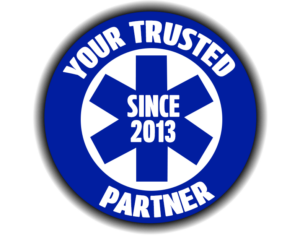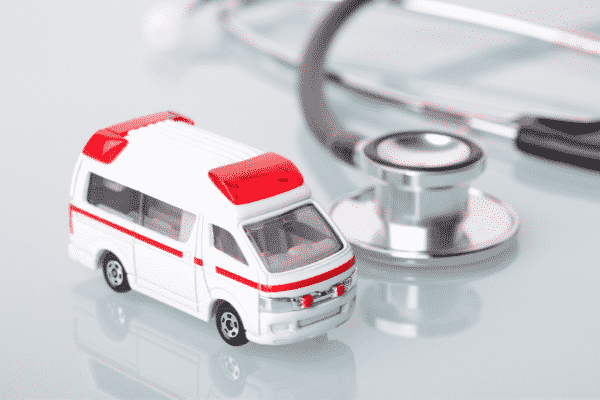
Unexpected EMS Equipment Failures: Lessons Learned from the Field
Emergency Medical Services (EMS) professionals depend on reliable equipment to deliver life-saving care. However, unexpected EMS equipment failures can jeopardize patient outcomes, increase liability risks, and strain resources. Drawing on real-world examples and expert recommendations, this article examines key lessons learned from equipment failures in the field and offers actionable strategies to mitigate these risks.
Lesson 1: Regular Maintenance Prevents Failures
Routine maintenance is critical to preventing equipment failures that can compromise patient care. For instance, defibrillator malfunctions, such as battery failures or bridge test errors, have delayed critical interventions during cardiac emergencies. Similarly, IV pump alarms caused by tubing misalignment have disrupted treatment in high-stakes scenarios. Establishing a preventive maintenance program that includes inspections, software updates, and part replacements can significantly reduce the likelihood of such incidents.
Lesson 2: Proper Training Reduces Human Error
Human error is a leading contributor to EMS equipment failures. For example, stretcher mishaps, including collapses due to improper handling, have resulted in injuries to both patients and providers. In one case, a stretcher overturned on uneven terrain because personnel were unfamiliar with its motorized lift system. Comprehensive training programs focused on correct usage and troubleshooting can minimize these risks. Simulated drills further prepare EMS teams for high-pressure situations involving equipment malfunctions.
Lesson 3: Environmental Factors Impact Equipment Reliability
Environmental conditions often exacerbate equipment failures. Extreme temperatures can impair battery-powered devices like ventilators and infusion pumps, while wet or uneven surfaces increase the risk of stretcher breakdowns. For example, ambulance floor-mounted safety latches have failed during unloading due to environmental stressors. Agencies should invest in durable equipment designed for challenging conditions and conduct regular risk assessments to address environmental hazards proactively.
Lesson 4: Quality Control Measures Enhance Safety
Robust quality control measures help identify potential EMS equipment issues before they escalate. Reports of infusion pumps delivering incorrect doses highlight the importance of monitoring manufacturer updates and adhering to safety protocols. Additionally, securing faulty equipment immediately after failure prevents tampering and preserves evidence for investigations. Coast Biomedical Equipment specializes in quality control procedures that ensure reliability and compliance with industry standards.
Partner with Coast Biomedical Equipment for Reliable Solutions
Coast Biomedical Equipment provides tailored solutions to help EMS agencies maintain dependable EMS equipment and avoid unexpected equipment failures. With expertise in servicing high-quality devices and implementing preventive measures, Coast Biomedical Equipment supports first responders in delivering safe and efficient care during emergencies. Contact Coast Biomedical Equipment today for expert assistance with your medical device needs.





